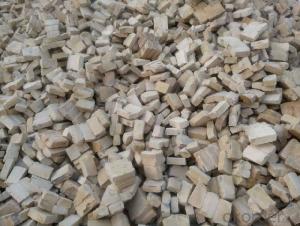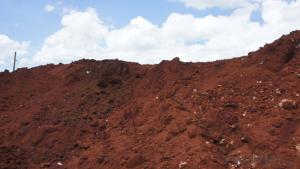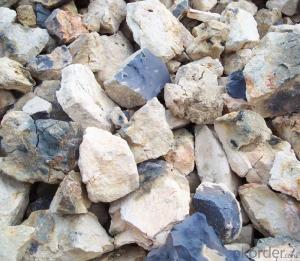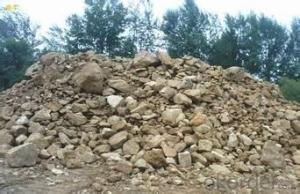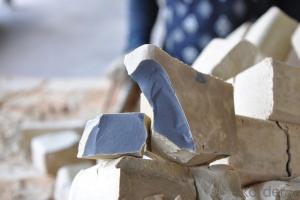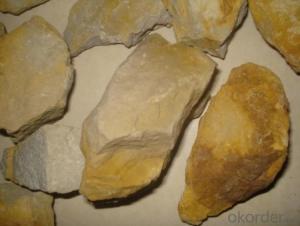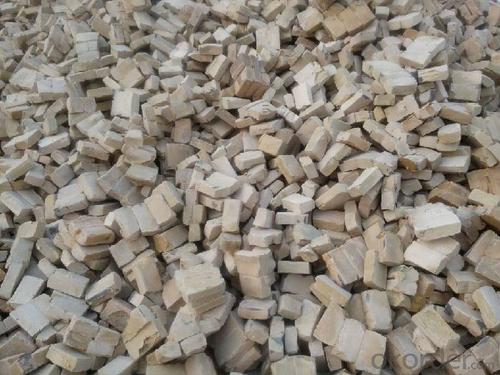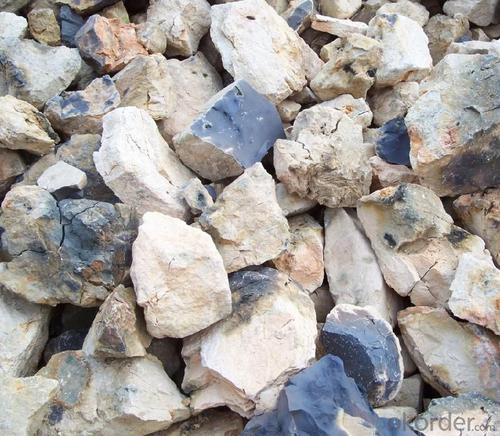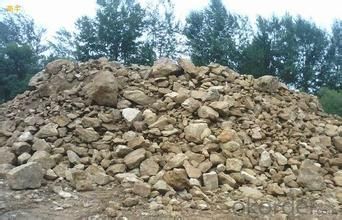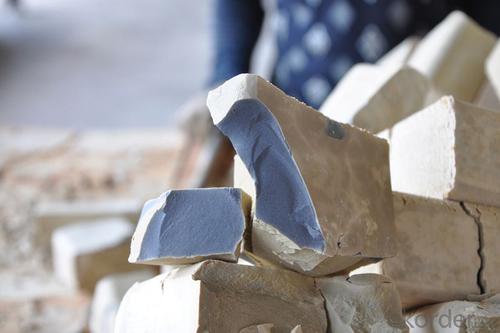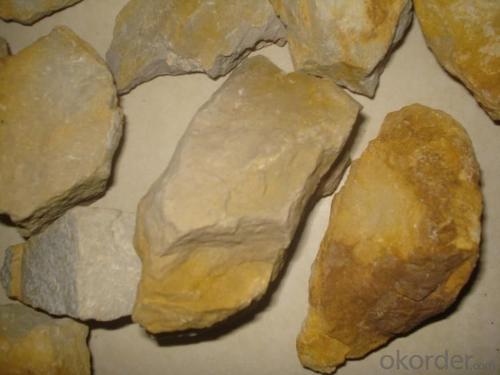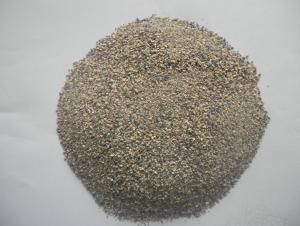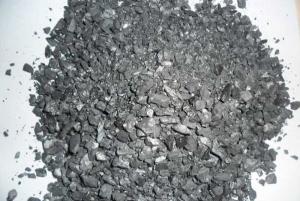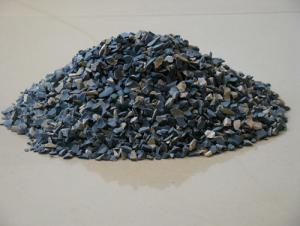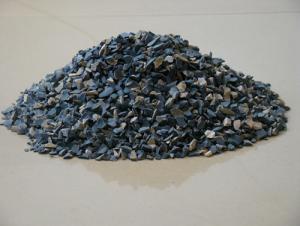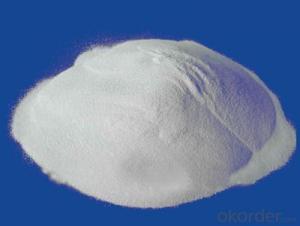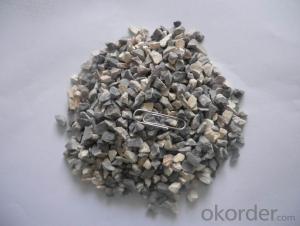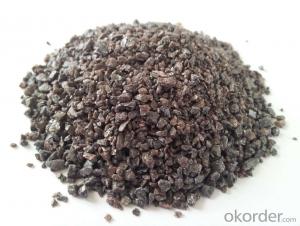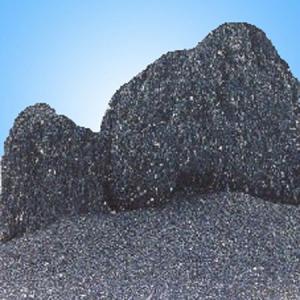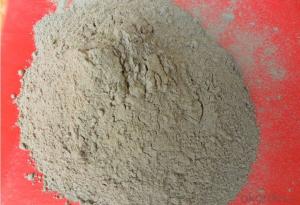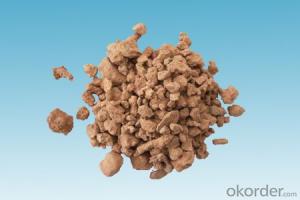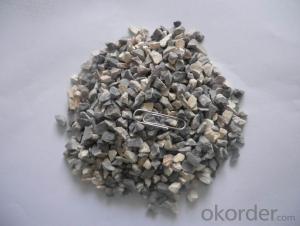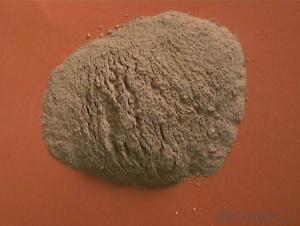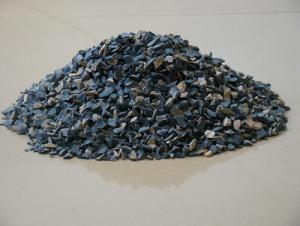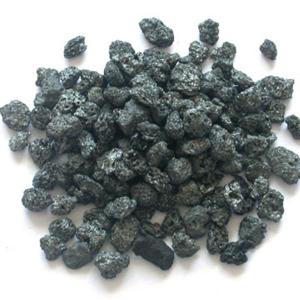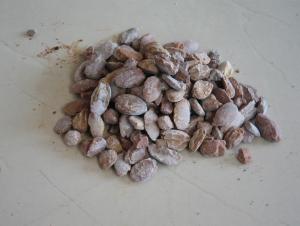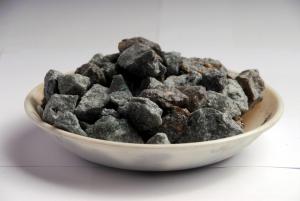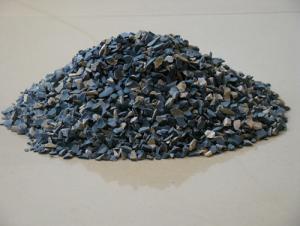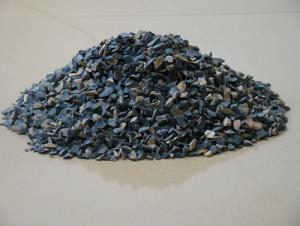Raw Materials for Refractory:Coloured Calcined Bauxite for Road Surface of CNBM in China
- Loading Port:
- Tianjin
- Payment Terms:
- TT or LC
- Min Order Qty:
- 11 m.t
- Supply Capability:
- 11111111 m.t/month
OKorder Service Pledge
OKorder Financial Service
You Might Also Like
Coloured Calcined Bauxite for Road Surface of CNBM in China
1.Structure of Calcined Bauxite Description
Bauxite ore uses a variety of which the most important purpose is: aluminum industry refined metal aluminum refractory and abrasive materials as well as high alumina cement raw materials.
Sized Sand: 0~1mm
1~3mm
3~5 mm
5~8mm
8~12mm
Fine Powder:
100mesh
180mesh
240mesh
320mesh
2.Main Features of the Calcined Bauxite
Calcined bauxite is one of the principal ore of aluminum. Calcined bauxite contains hydrous aluminum oxides and aluminum
hydroxides, formed through the laterization of aluminous rocks in tropical and subtropical areas .Calcined bauxite is obtained by calcining (heating)superior grade bauxite at high temperature (from 85OC to 1600C) .This removes moisture there.By increasing the alumina content,compared to an alumina content of about 57%to 58% in raw bauxite, calcined bauxite has an alumina content of 84%to88%.The heating is carried out in rotary kilns.
3.Main usage of the Calcined Bauxite
1.aluminium metallurgy,
2 refractory material,
3 precision casting,
4 aluminate cement
4. Calcined Bauxite Images
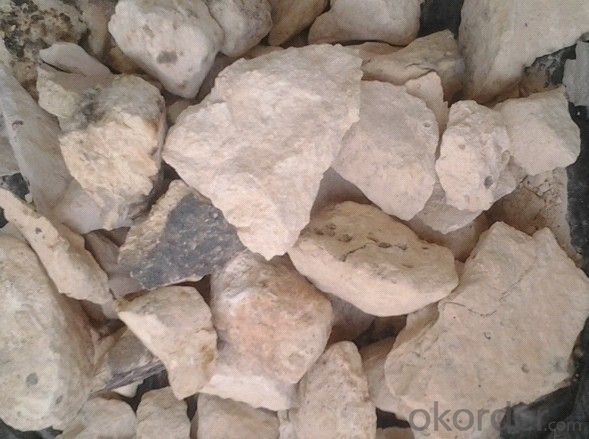
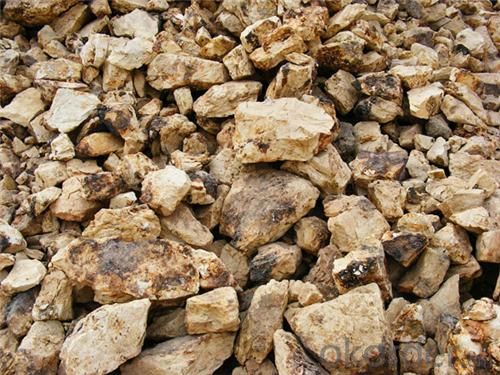
5. Calcined Bauxite Specification
| Place of Origin: | China (Mainland) | Refractoriness (Degree): | 1770°< Refractoriness< 2000° | Brand Name: | CNBM |
| Type: | Artificial Stone | Stone Name: | Bauxite | Artificial Stone Type: | Bauxite |
| Stone Form: | Other |
6.FAQ of Calcined Bauxite
1). Q: Are you a factory or trading company?
A: We are a factory.
2). Q: Where is your factory located? How can I visit there?
A: Our factory is located in ShanXi, HeNan, China. You are warmly welcomed to visit us!
3). Q: How can I get some samples?
A: Please connect me for samples
4). Q: Can the price be cheaper?
A: Of course, you will be offered a good discount for big amount.
- Q: What is the upper temperature limit for refractory materials?
- The key depends on what refractories you use
- Q: Which manufacturers have the best fire-proof materials with light weight?
- It now appears that asbestos is the best among the most common fireproof materials. But asbestos also has great harm, especially to lung. Shanghai Xinlong Fireproofing Material Co., Ltd. and Hubei Boyue Lightweight Material Co., Ltd. were established in 2009. The company is located in Wuhan Biological New Town and covers an area of ??30 acres. The company is a specialized enterprise which is mainly engaged in the research and development, production, sale and construction of lightweight partition board, lightweight fireproof wall panel and lightweight wall panel. The two companies are both good.
- Q: What kinds of refractory will be used in kiln of sintering ceramics?
- High alumina brick, clay brick, insulating brick and silicon carbide plate.
- Q: What's the refractory material?
- Frequently used refractory material: AZS brick, corundum brick, direct-bonded?magnesia-chrome?bricks, carborundum brick, silicon nitride bonded silicon carbide brick, nonoxide refractories like nitride, silicide, sulfide, boride and carbide, and oxide refractories like calcium oxide, chromium hemitrioxide, alumina, magnesium oxide and beryllia. In general, the refractory material include the above. For more information, you can ask for specific advice.
- Q: what is the original materials of fireproof coating?
- Fire retardant coating is composed of the base materials (that is film forming substance), pigments, ordinary coating additives, fire retardant agent and dispersion medium. In addition to fire retardant agent, other components functions the same as in ordinary coating, but its performance and thickness are specifically required. Some solvent-based fire retardant coating can burn upon encountering fire before construction.In fact,It is the flammable solvent contained in the coating that is burning while substances such as the base materials and fire retardant agent does not burn. Because solvent-based fireproof coating contains organic solvent and these fire-resistant coating, once leaked from the bucket, are likely to cause a fire. Fireproof coating on the substrate can insulate heat only after the solvent contained evaporates compeletly.
- Q: How many refractory materials does the annual output of 1 million tons of coke oven require?
- Refractory materials are expensive, and any refractory accident will lead to a considerable waste of production time and equipment, and sometimes even the product itself. The type of refractory material will also affect energy consumption and product quality. Therefore, it is very important to select the refractory material which is most suitable for various applications. While the economic benefits have great influence, refractory material most suitable for some applications need not be used for materials, but can achieve a balance between material installation cost and performance, this balance is not fixed, but with the introduction of new technology or new refractory materials and changing. History has proved that unremittingly seek metallurgical process more reasonable and development, greatly promoted the development of refractories, quickly resolve these problems has become the modern refractory steel technology development is an important element. The content of this article is to discuss a number of factors including these issues and to provide information on how to solve them.
- Q: What kind of refractory materials should be used for the intermediate frequency furnace to smelt manganese?
- I’d like to make supplements to upstairs that aluminum silicate refractory materials should be needed considering heat insulation.
- Q: What are the disadvantages of the refractory industry?
- The rapid development of continuous casting technology allows Hua Heng refractories to be improved in variety and quality. The development of refractory for continuous casting has a significant impact on the production of continuous casting and quality of continuous casting billet. Constructing and putting Baosteel into action has greatly pushed the improvement of the refractory technology. Continuous casting refractory is an important part of the continuous casting machine. In addition to the general characteristics of refractories, it is also required functions that can purify molten steel, improve the quality of steel, stabilize temperature and composition of the molten steel, control and regulate the molten steel flow. Therefore, it is known as functional refractories. Continuous casting Refractories include: (1) ladle refractory - ladle lining, permanent lining and ventilation components; (2) tundish refractories - permanent lining, coating, insulating plates, clad etc; (3 ) functional refractories - long nozzle for non-oxidizing casting, submerged nozzle, monolithic stopper, sliding gate; (4) ceramic purifier for purifying molten , slag dam, alkaline paint and horizontal separating ring and gate board for continuous casting.
- Q: What are first rate fire resistant window materials?
- class A window not less than 1.2 hours, class B window not less than 0.9 hours, Class C window not less than 0.6 hours. technical requirments: 1, materials and accessories (1) the window frame is made with a certain strength sufficient to safeguard the integrity and stability of the steel frame or wooden frame. (2) steel frame and mound layer can choose the galvanized steel plate or stainless steel plate. Its selection standards is in line with GB12955 "Steel Fireproof Door General Technical Condition" provisions of Article 5.1. (3) wood frame and mound layer material selected from the standard should be consistent with GB14101 "General Technical Conditions of Wooden Fireproof Door" in the provisions of Article 5.1.1. (4 ) steel, wood frame the inside filler material should be incombustible material. (5) fireproofing glass can be used without affecting the fire windows fire resistance test approved product. light transmittance of glass should not less than 75% of commom sheet glass which is the same number of layers. ( 6) a sealing material between the frame and the fire-resistant glass flame retardant materials should be used, which can play the role of fireproofing and smoke insulation in case of fire (7) hardware fitting should be tested as approved supporting product
- Q: What's the fire endurance of A grade fireproof glass curtain wall?
- According to the latest requirement, fire door has three types of FMA, FMB and FMC, of which A, B, C refer to the class. Take FMA as an example, it refers to A class fire door (namely thermal insulation fire door). The fire endurance of these three types all can be 0.5h, 1.0h, 1.5h, 2.0h or 3.0h, and the specific fire resistance time needs to be determined by the design. Generally the design drawing will make clear of it. As to A class fire door, its fire endurance is 1.5h.
Send your message to us
Raw Materials for Refractory:Coloured Calcined Bauxite for Road Surface of CNBM in China
- Loading Port:
- Tianjin
- Payment Terms:
- TT or LC
- Min Order Qty:
- 11 m.t
- Supply Capability:
- 11111111 m.t/month
OKorder Service Pledge
OKorder Financial Service
Similar products
Hot products
Hot Searches
Related keywords
